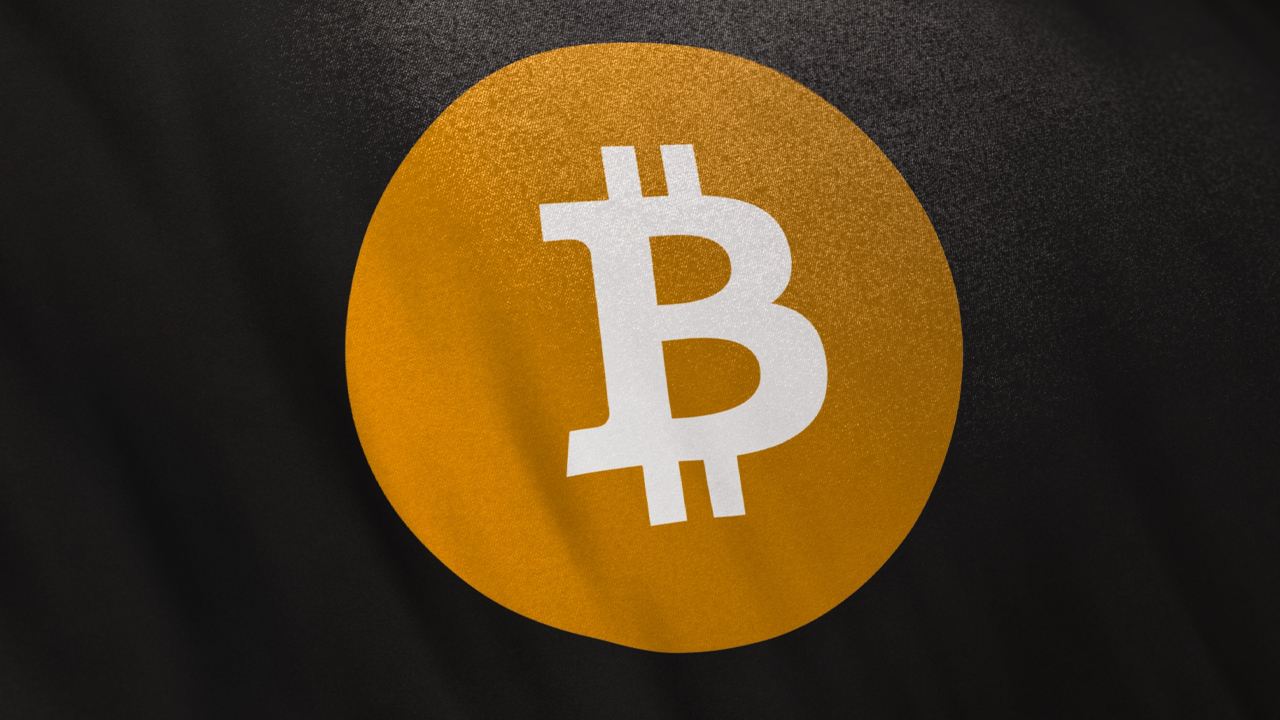Latin America is ready for crypto – just integrate it with their payment systems

Web2 monopolies such as Facebook and Google thrive on exploiting users’ data and have ushered in an era of massive internet centralization in recent years. This concentration of power has enabled huge shares of closed platforms for communication and commerce, giving users little control over how their data is collected.
An emerging concept, Web3, will provide a means to swing from centralization to an open source internet. A recent report by Andreessen Horowitz (a16z) found that this new digital economy could reach an astonishing 1 billion users by 2031. If executed correctly, the decentralized internet will allow users to take control of data and content.
While Web3 promises to radically change the Internet and its ability to deliver value to users worldwide, important hurdles must be overcome before it can be adopted en masse.
Related: Brazilian proposal would make crypto payments legal and protect private keys
A major obstacle to mass adoption is the lack of local payment integration that many Web3 projects have. For example, a global Web3 project based in Germany probably doesn’t understand or offer the preferred payment options to people living in Brazil. Although it seems boring, accepting local payment options familiar to customers in their respective regions is a strategic decision that can have a huge impact on gaining market share.
Let’s look at how Web3 projects can scale in Latin America and globally by expanding local payment options.
Understand local payment preferences
Local payment methods are regionally preferred payment types. These methods include digital wallets, cash vouchers, local debit networks, wire transfers, open billing and other tactics used globally to shop in-store and online. Without local payment flow, Web3 companies cannot access different markets around the world.
However, serving an international clientele by accepting local payments is no mean feat as each region subscribes to significantly different preferred payment options and regulatory requirements. Web3 projects often do not have the right infrastructure to reach global audiences at scale.
One of the hottest Latin American markets for Web3 projects is Brazil, as its citizens are adopting digital transactions faster than any other country. Brazil has seen massive uptake of its national instant payment solution, PIX, implemented by the Brazilian central bank in 2020. For Web3 companies to reach this target audience, they need to find a way to connect with local banks and stay in line with local regulations.
Related: Top Latin America delivery app to accept crypto
COVID-19 accelerated digital transformation in almost every corner of the world. In Mexico, the use of SPEI, a real-time gross settlement payment system created by the Bank of Mexico, is increasing. Companies can capitalize on systems like SPEI by finding a way to work with central banks or by using a third party to connect banks for them.
In addition, the pandemic and the rise of contactless payments highlighted the importance of flexible payment options. Online payment methods are gaining significant traction in Latin America. For example, Mexican convenience store OXXO recently launched a coupon-based banking app that allows users to pay for utility bills and online purchases that now has more than 1.6 million users. Staying up-to-date with new developments in the payments landscape is critical to serving customers and keeping up with the competition.
Establishing trust and loyalty
In many Latin American countries, individuals are eager to embrace crypto in hopes of a better financial future. A recent study found that Latin Americans are the most bullish on crypto compared to any other region worldwide. There is a huge opportunity for the Web3 movement to establish deep trust with Latin Americans as the centralized system has failed them.
Local payments are a gateway to customer acquisition and loyalty. In order to effectively enter new markets, it is important to establish rapid integration with all relevant currencies. This results in new end-user conversions and higher success rates, building loyalty and trust with local audiences.
Improves the user experience
It is widely believed that a lot of work is needed to streamline the user experience in Web3. When it comes to Web3 payments, users are looking for fast, reliable transactions in the payment method of their choice. Web3 projects can improve the user experience by meeting customers where they are and speaking their language.
Related: Bitcoin ATM installed in Mexico’s Senate building
Ways to improve the payment user experience include simplifying the onboarding process and offering exceptional customer support. Notifying users every step of the way so they are confident their payment is being processed will ensure there is no confusion or worry.
Web3 is still in its infancy and has some growing pains in its current state. But achieving the due diligence required to deepen infrastructure integrations across the globe will open up endless possibilities and ultimately change the ways individuals socialize, trade and consume data.
Holger Arians is the CEO of Banxa, a payment and compliance infrastructure provider to the global crypto industry.
This article is for general information purposes and is not intended to be and should not be taken as legal or investment advice. The views, thoughts and opinions expressed herein are those of the author alone and do not necessarily reflect or represent the views and opinions of Cointelegraph.
























